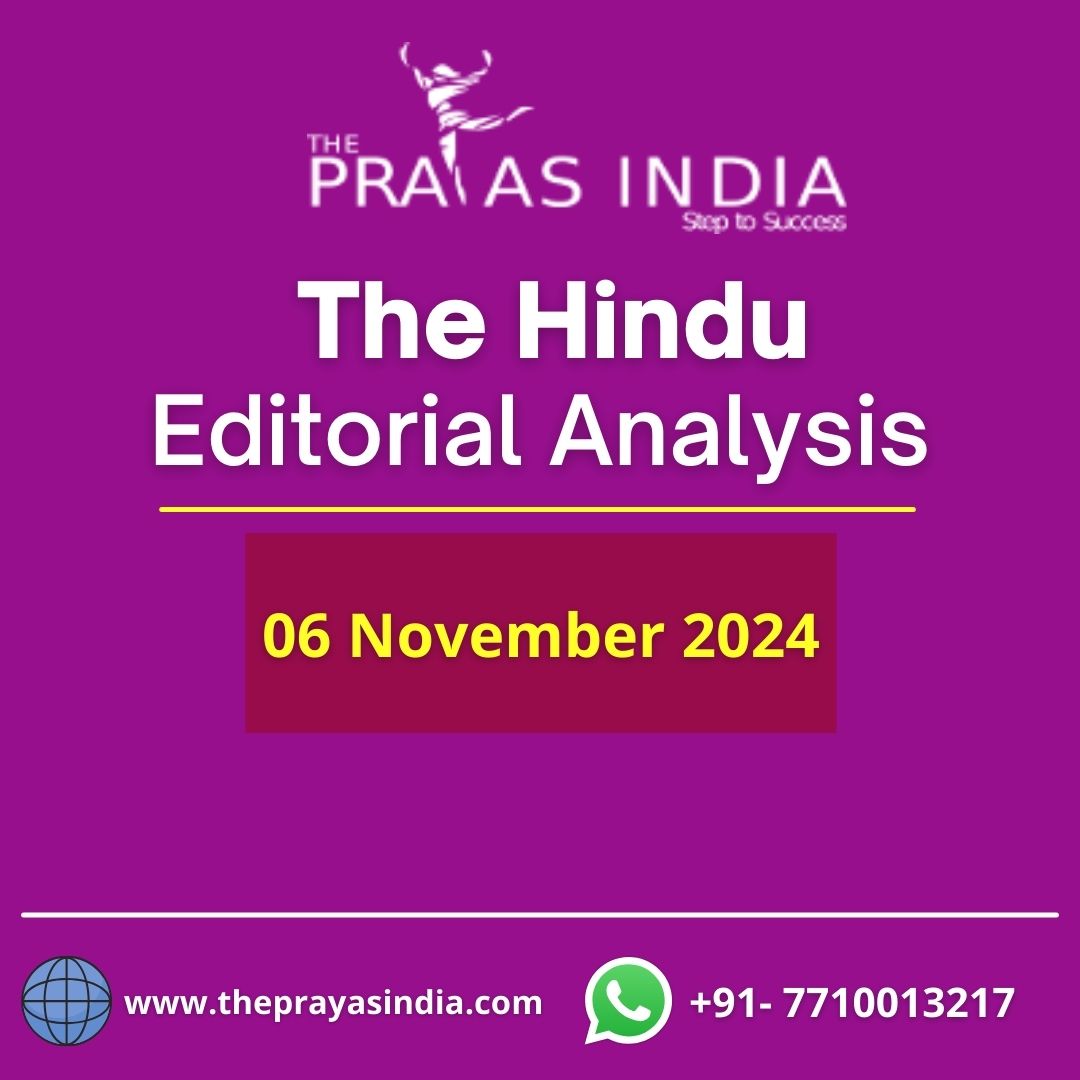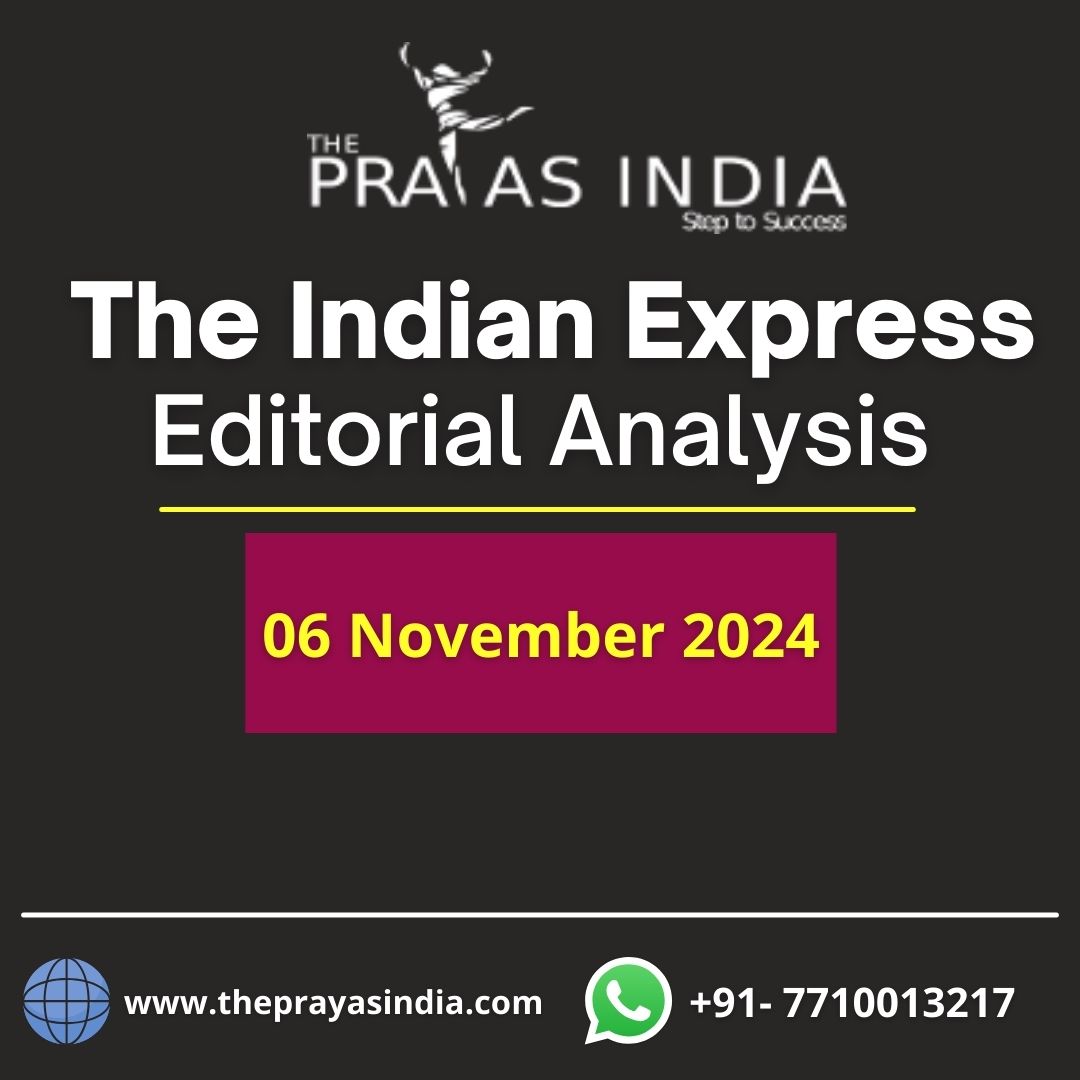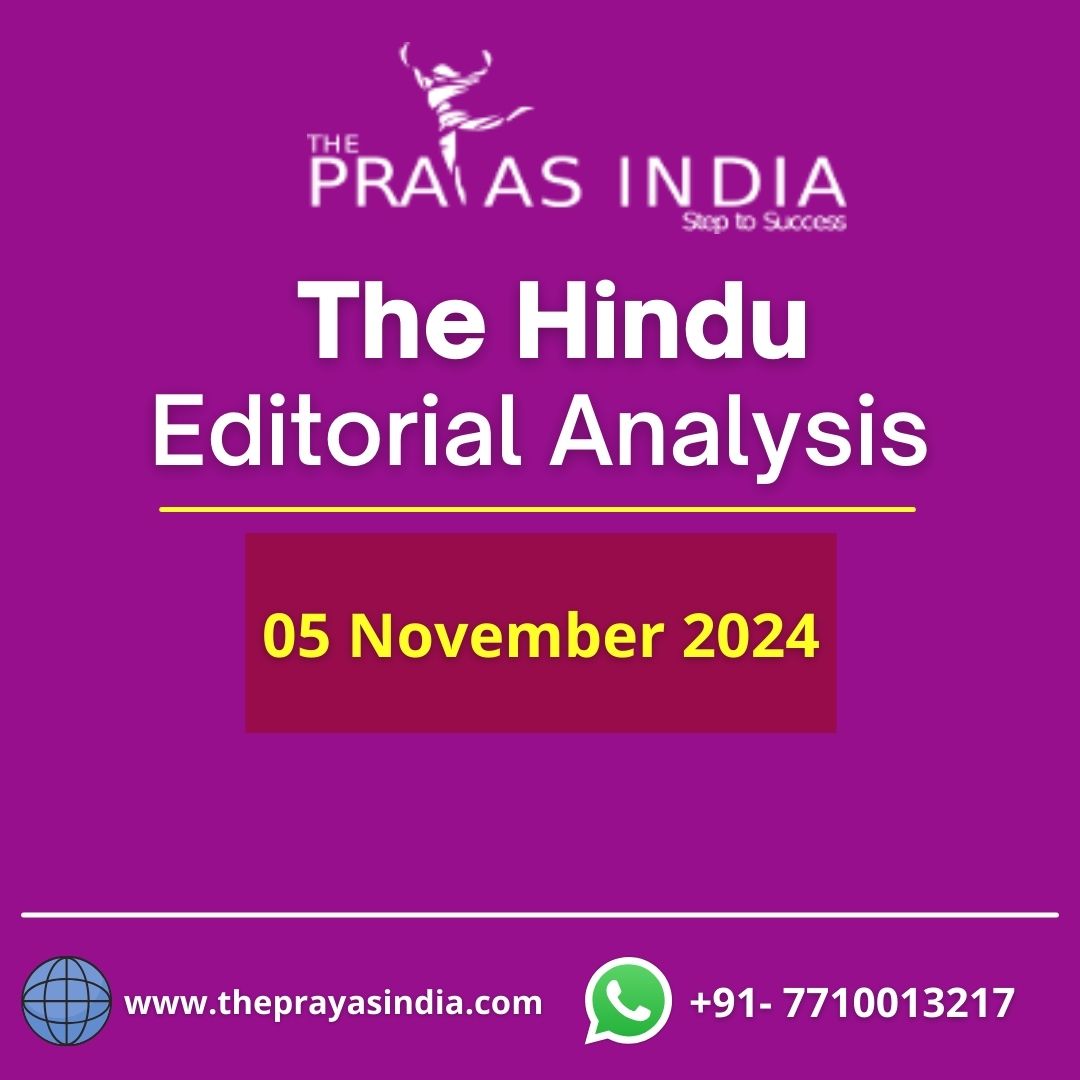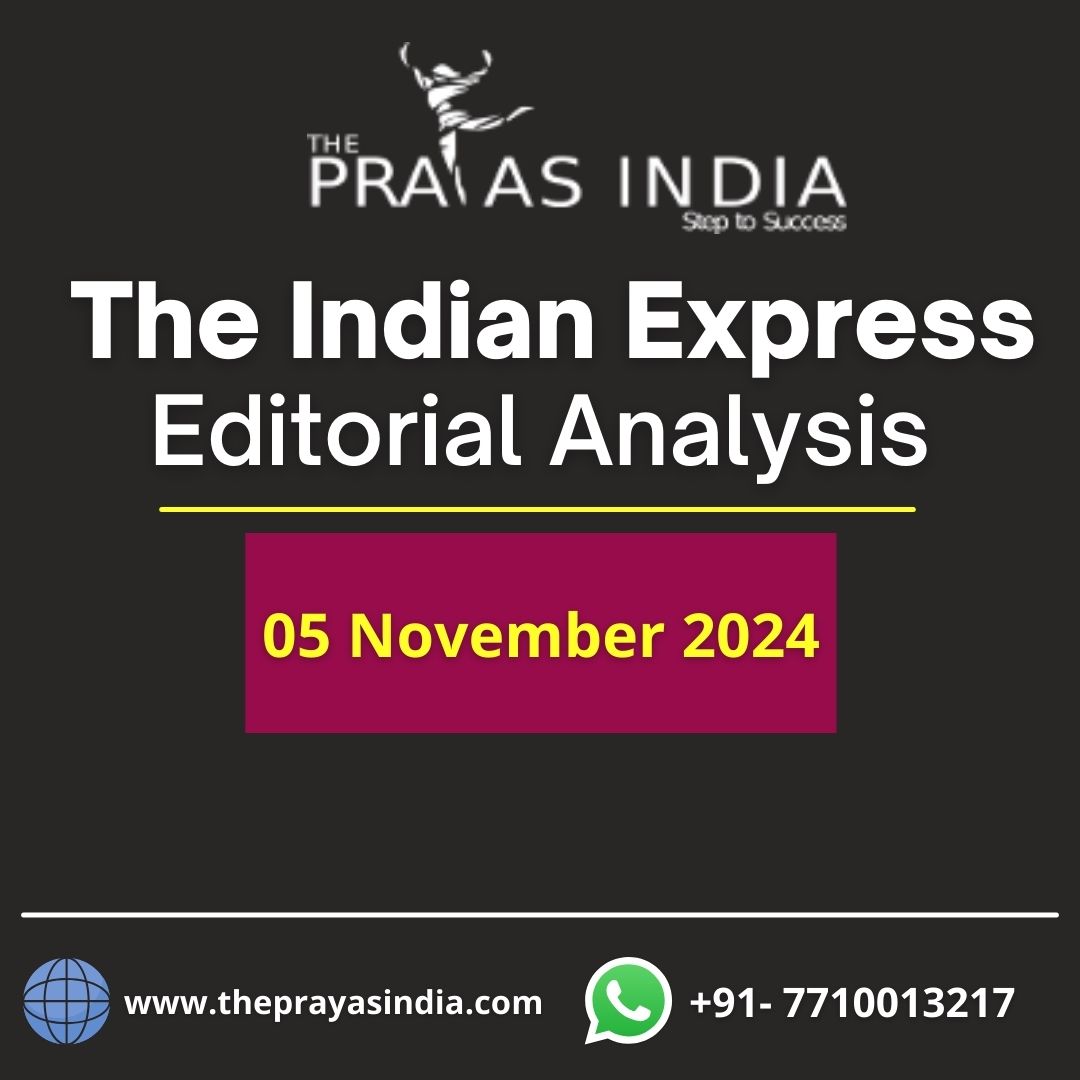Details about the Caste Based Survey
Survey with a caste basis:
- That year, the Bihar State government launched a two-phase caste census, arguing that comprehensive data on socioeconomic conditions will help in the development of stronger public policies for disadvantaged groups.
- The survey is anticipated to collect socioeconomic data on a population of 12.70 crore people across the 38 districts of Bihar.
- The first portion of the survey, which was related to the house listing exercise, was finished, and the second phase of the survey was interrupted by a stay order issued by the HC.
- All petitions opposing the action were, however, dismissed by a recent HC ruling, and the government resumed work on the survey’s second phase on August 2. In the second stage, information on castes, subcastes, and all people’s faiths must be obtained.
- The final poll report is expected in September, less than a year before the 2024 election.
A census based on caste is required:
- The census, which is carried out at the beginning of every decade, does not record caste information, with the exception of those who are recognized as Scheduled Castes (SCs).
- In the absence of such a census, there is no reliable estimate for the number of OBCs, other groups within the OBCs, and others.
- The Union government has categorically rejected the concept of a socioeconomic caste census in spite of this uncertainty, stating that it would be “administratively difficult and cumbersome” and impossible to conduct.
- The Center claimed in its affidavit, filed in response to a writ challenge filed by the State of Maharashtra, that there was a “conscious policy decision” to exclude all castes except SCs and Scheduled Tribes since the 1951 Census and that there was a policy of “official discouragement of caste.”
- The Union government carried out a caste census through the Socio-Economic and Caste Census of 2011. Nevertheless, the collected raw data of over 130 crore Indians was never released to the public due to data issues.
- The Vice President. was born in 1990 on August 13. The Singh government implemented the Mandal Commission report, which recommended a 27% reservation for Other Backward Classes (OBC).
- The Supreme Court’s 1992 decision in Indra Sawhney & Others versus Union of India (1992) holding that caste was a legitimate indicator of backwardness led to the ultimate implementation of the Mandal Commission’s recommendations. The Mandal Commission estimated that 52% of the population was OBC.
- That being said, it is debatable if the assessment is still accurate now. Calls for a caste census have not abated, with opposition parties maintaining that it is necessary to streamline welfare services.
The challenge:
- According to the Supreme Court’s petitions, the survey is illegal since the Constitution only gives the Centre the exclusive right to conduct censuses.
- They further point out that the State Government does not have the independent power to choose District Magistrates and local authorities for data collecting in the absence of a Center notification issued under Section 3 of the Census Act of 1948.
- The Puttaswamy verdict is allegedly violated by the HC decision, which permits the State to obtain personal data via executive order, according to critics.
Way Forward:
- India oversees the world’s largest affirmative action program based on caste.
- Reservations for government jobs and educational institutions are made based on caste identity. The welfare policies of 2021 will be formulated using the 1931 caste estimations, as there are no current caste census statistics available.




